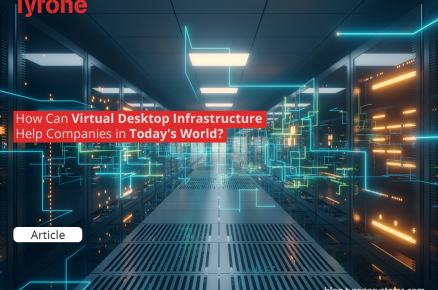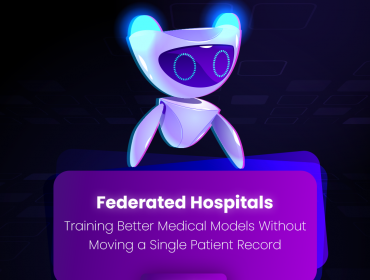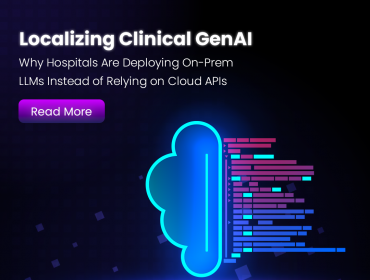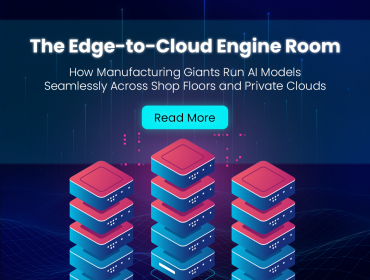With COVID-19 hitting all aspects of our life considerably, we have learned to live with it. Likewise, our workplaces have adapted and welcomed new technologies for having a smoother workflow.
Edge computing helps in making a solid infrastructure for remote work by providing better computation and storage capabilities—no wonder why Edge computing has gained popularity in recent times.
Further, as IoT devices enter almost every industry and create exciting potential, bringing some innovative technologies into commercial viability, edge computing becomes more and more critical.
However, there is more to it, and it is necessary to know the details if you want to understand its popularity. And you will get to learn just that here.
This article will elucidate what Edge computing is and its benefits (the reasons for its popularity). So, let’s buckle down and start without further delay.
What is Edge Computing?
Unlike cloud computing, edge computing does not rely on a single application, processing, or storage point. It instead distributes processes across various devices.
In other words, edge computing does not store and process large amounts of data in large centralized data centers. These data centers are usually hundreds or even thousands of miles away from the devices on the network. As a result, efficiency is hampered.
However, in the case of edge computing, smaller nodes are used—these smaller nodes to reduce latency and improve speed and responsiveness. So, we can say that edge computing relies heavily on more extensive and more distributed data networks.
With the proliferation of the Internet of Things (IoT) devices and the opportunities they provide, companies need to move data processing from the cloud to the edge.
Please note that edge technology does not rely on a good connection to send data from devices to the cloud through the Internet. It instead optimizes the speed and performance of predictive analysis by running machine learning models locally.
Reasons for Edge Computing’s Popularity
As said earlier, edge computing is changing the face of industries now. It is being widely accepted by the giants like Google and Microsoft as well.
According to Frost & Sullivan, by 2022, approximately 90% of industrial companies will use edge computing. That is a considerable number, and one must understand why it’s happening. If you want to understand the reasons, you must know the benefits of edge computing. We have enlisted some of them here, have a look-
Reduction in Operating Costs
By placing data at the edge (via user equipment, IoT devices, or edge servers) to not have to travel to and from the cloud, throughput and latency are significantly reduced.
Moving data processing to the edge of the network and closer to its source can reduce the amount of data sent to the cloud, thereby helping companies reduce IT operating costs.
Edge computing brings processing power closer to the end-user/device/data source, eliminating the transition to cloud data centers and reducing latency.
Aligns Well with Advancements
As 5G networks expand and more cutting-edge applications go mainstream, we will see high-density, high-performance computing at the edge. Hence, it will pose new challenges for organizations deploying such edge resources. As more connected devices become available, there will be more applications in edge computing across all industries, especially as cloud computing is ineffective in some cases.
Enhanced Speed
Computing and storing data will move closer to where data is generated, and communication between peripheral devices will occur at the speed of light.
Conclusion
Edge computing technology is expected to achieve faster processing of data sources at a lower cost and is likely to change almost all industries and sectors.
Although cloud computing can support predictive analysis solutions, enterprises can improve data processing speed and performance through edge computing architecture. Hence, they will be gaining a decisive competitive advantage.












